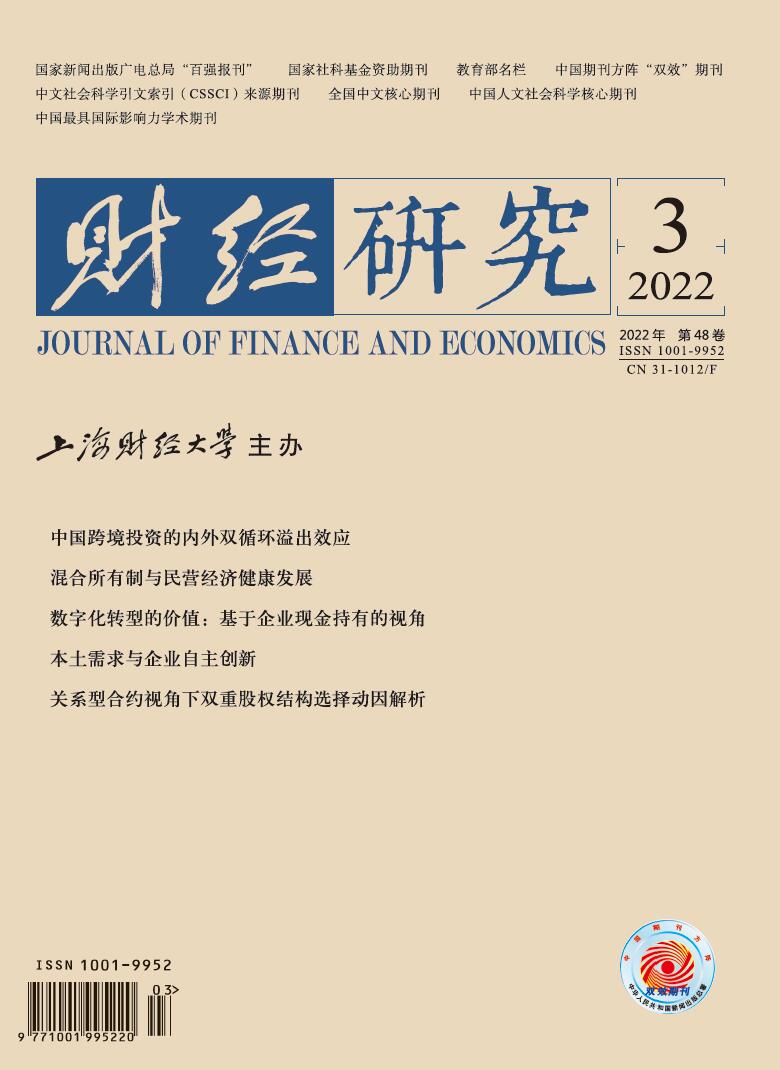In order to deal with the severe challenges brought about by changes in the foreign environment, China proposes to accelerate the construction of the new development pattern in which the domestic cycle is the mainstay and the domestic and international dual cycles promote each other. Under this background, the BRI proposed in 2013 by China can economically be regarded as an important test to build the dual-cycle development pattern. However, there are few literatures specifically analyzing the relationship between the BRI and China’s FDI and the economic mechanism behind it. In order to solve this problem, this paper uses the panel data of China’s prefecture-level cities from 2003 to 2018 to test it.
The mechanism behind it shows that: Firstly, if domestic enterprises want to “go global” to invest, they have to face the immature financial markets of countries and regions along the “Belt and Road”. Therefore, they must inevitably increase their loan levels in domestic financial institutions. Secondly, because of the limited resources, local governments need to introduce funds and policy preferential measures to encourage domestic-funded enterprises to go global, which will inevitably reduce the fixed asset investment used for domestic construction objectively. The heterogeneity test shows that the BRI has a positive impact on the optimization and adjustment of the location of China’s FDI. On the one hand, it has promoted the development of “coastalization” in the central and western areas. On the other hand, it has brought a significant negative impact on the capability of southeastern areas to attract FDI.
The main contributions of this paper can be summarized in the following aspects: Firstly, it analyzes the relationship between the BRI and FDI based on the data of prefecture-level cities. Secondly, it enriches the research on the mechanism of the relationship between the BRI and FDI by decreasing the proportion of urban fixed asset investment or increasing the proportion of urban loans in domestic institutions. Thirdly, the analysis of regional heterogeneity provides empirical evidence that the BRI promotes the location adjustment of FDI. Finally, it provides targeted policy suggestions on how to promote the BRI and the coordinated development of “bringing in” and “going global”, and how cities in different regions can participate in the BRI to promote the high-quality development of economy.





 4597
4597  3291
3291

